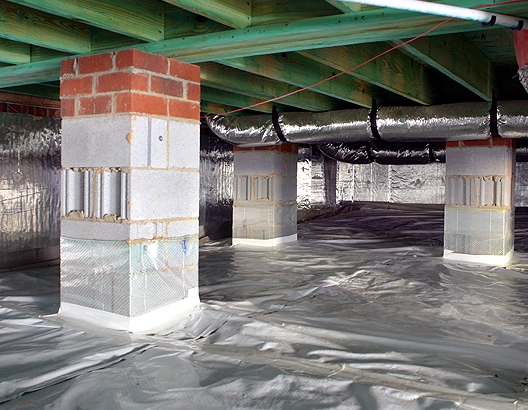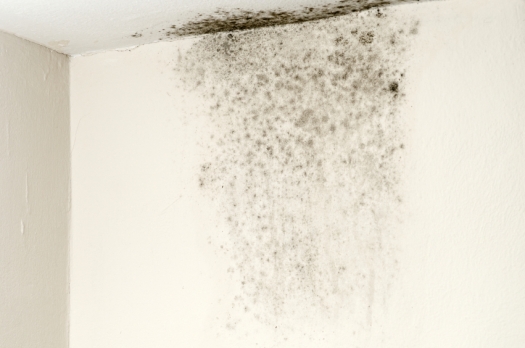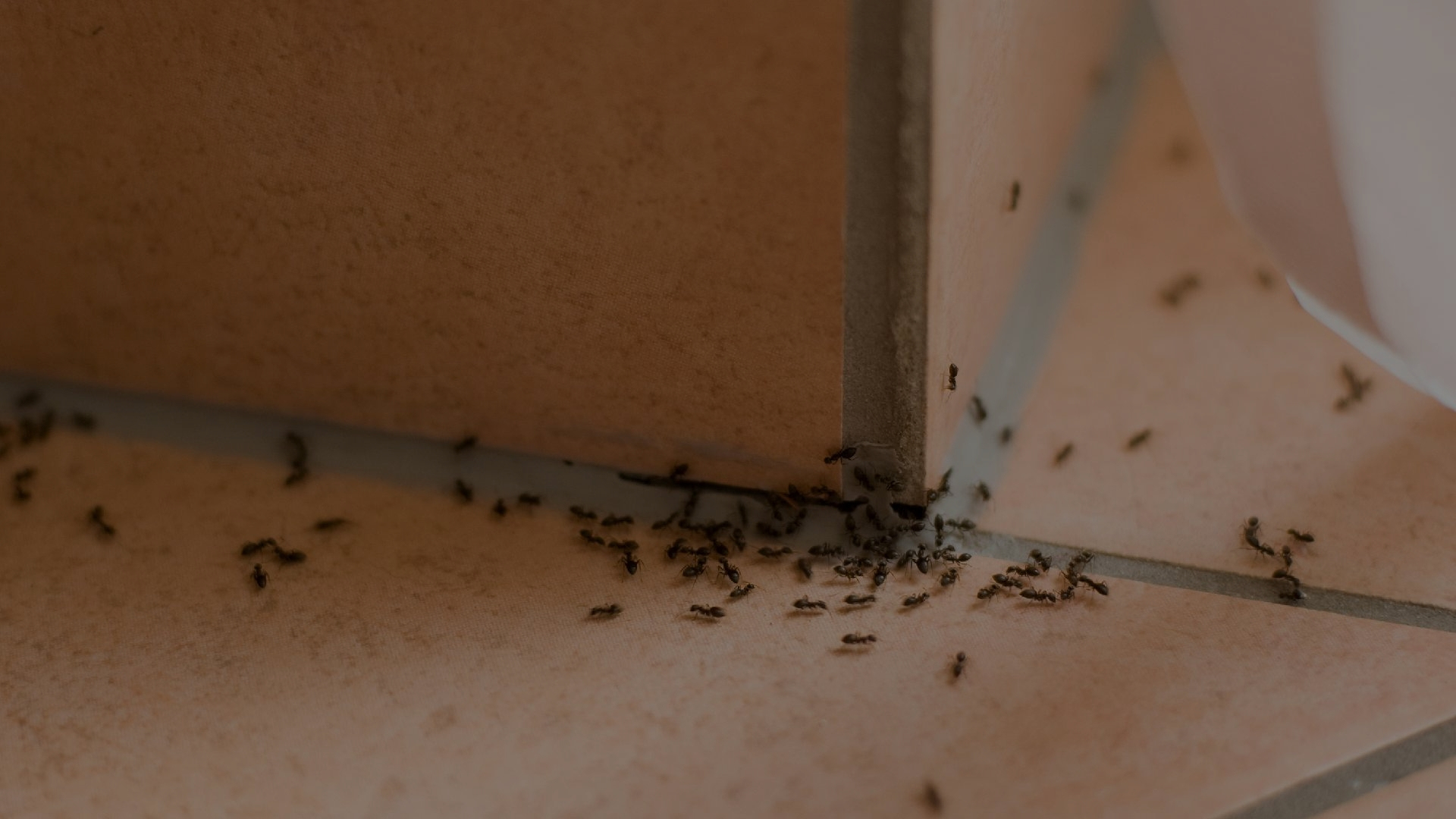
25 jul Voorkomen Dat Vocht Zich Onder Uw Huis Ophoopt
What is a little water under the house that is going to hurt, you ask?
Excessive moisture can lead to an abundance of problems such as repelling odors, rotten moldings, structural vermin, foundation movements, blooms and allergy-irritating fungus.
Here are some common causes of moisture:
• Leaks in water and sewer pipes: a faulty sanitary fitting or corroded pipe is often the culprit. Place a replacement or install a repair sleeve around the damaged pipe section.
• Leaks in sinks, tubs and toilets: a wet basement can result from a leaking toilet, bathtub or valve in the walls above.

• Give planters around the house too much water: adjust the irrigation time, water less often, install an automatic timer or adjust sprinkler heads to solve this problem. Turn the traditional sprinkler system into a drip irrigation system.
If your moisture problems unrelated keeping with plumbing and water, you may have some kind of drainage problem. You can reduce problems with various common techniques:
• Install rain gutters: without gutters, rainwater collects at the foundation and eventually ends up in the crawl space or basement. If you already have gutters, keep them clean and make sure your gutters and downspouts point water at a safe distance from your house.
• Allow water to drain away from the house: the earth within 30 inches of the foundation must slope down and away at a speed of 1/10 inch per foot.
• Improve ventilation: passive ventilation is natural ventilation where no mechanical equipment is used. Ventilation grilles (metal screens or slats) and daylight windows for cellars are the best sources for passive ventilation. Active ventilation includes mechanical equipment, such as an exhaust fan.
Nature can be your workhorse with passive ventilation. You save on your energy bill and help the environment by not relying on fossil fuel. But don’t hesitate to use active ventilation if your crawl space or basement needs it.
Install a vapor barrier:
Excessive humidity in a crawl space or basement can condense, making the floor construction moist, covered with mold, flowering and rot. To prevent this damage to the floor frame, install a vapor-proof layer consisting of one or more layers of plastic (six mil visquene) on top of the ground in the crawl space or basement.
• The plastic must be wrapped at least 6 inches and sealed at the seams with duct tape. Cut around scaffolding and along the inner edge of the foundation. In severe cases, the plastic can run along the sides of the pillars and the foundation and be secured with duct tape or anchored to the perimeter with a line of soil.
• Try a French drain: if the previous suggestions don’t help, it’s time to call in a ground engineer to determine if the condition requires the installation of a French drain, which is an extensive drain system.



No Comments